Premium Only Content
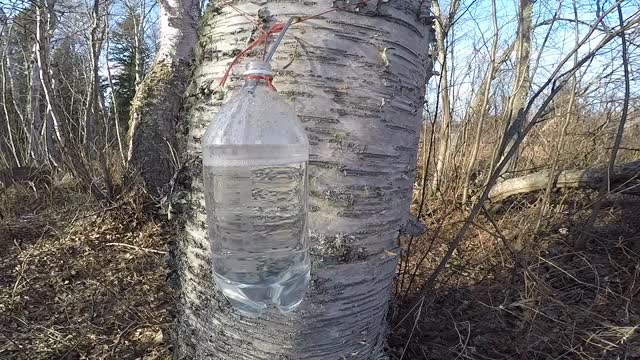
Making Birch syrup
Birch sap is more acidic than maple sap, and when birch sap comes into contact with many metals (like aluminum, copper, and galvanized steel), the metal will partially dissolve in the sap. Some of these metals will impart a very unpleasant metallic off-flavor on the sap and syrup. Use stainless steel equipment to harvest, transport, store, and process sap. Glass bottles are okay to use too.
Birch sap is more temperature-sensitive than maple sap. The main sugar in maple sap is sucrose, whereas fructose is the main sugar in birch sap (followed closely by glucose). Fructose can burn at lower temperatures than these other sugars, so a good rule of thumb is to prevent any boiling from taking place in the evaporator once the sap begins to darken. We usually let the sap simmer when it gets to this point. Reverse osmosis systems are really important for birch syrup producers since they allow producers to concentrate sap without heat.
Birch sap typically starts to run at the end of maple sugaring season when maple buds swell. When nighttime temperatures are between 30 and 40 ° F and daytime temperatures are between 50 and 60 ° F, birch sugaring season is in full swing. In contrast, maple sap runs when nighttime temperatures are between 20 and 30 °F and daytime temperatures are between 40 and 50 ° F. Birch sugaring season is shorter as well – it’s only 2 or 3 wk long, compared to the 6- to 8-wk long maple sugaring season.
To reach the same viscosity as maple syrup, birch syrup must be finished at a slightly higher concentration. Birch syrup is finished around 72 ° Brix.
-
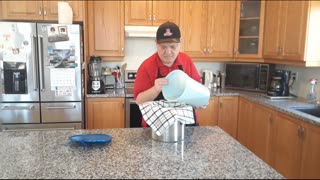 2:39
2:39
ALLENTVCHANNEL67
3 years agoThe Making Of Maple Syrup.
62 -
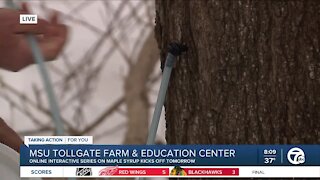 3:14
3:14
WXYZ
4 years agoMaking Maple Syrup from Sap
50 -
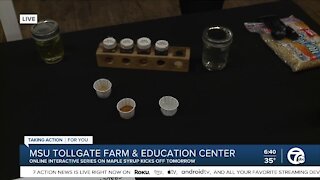 3:29
3:29
WXYZ
4 years agoMaking Maple Syrup from Sap
35 -
 1:40
1:40
Log Cabin Homestead
4 years agoMaking Maple Syrup
672 -
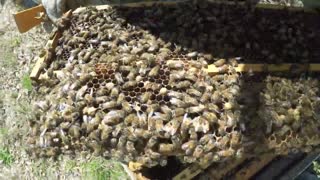 5:29
5:29
Nick's Nectar
4 years agoSyrup making, final prep and hive side
99 -
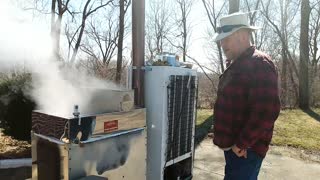 11:53
11:53
TMWTIME
3 years ago $0.01 earnedMAKING HOMEMADE MAPLE SYRUP // HOW TO COOK DOWN MAPLE SAP
31 -
 LIVE
LIVE
Nerdrotic
2 hours ago $5.21 earnedStar Wars GRAPED? Hollywood In Freefall, Silver Surfer is a MAN! | Friday Night Tights 351
4,322 watching -
 LIVE
LIVE
Dr Disrespect
6 hours ago🔴LIVE - DR DISRESPECT - PUBG - 5 CHICKEN DINNERS CHALLENGE
8,174 watching -
 1:36:46
1:36:46
RiftTV/Slightly Offensive
3 hours ago $4.48 earnedTrump SHUTS DOWN War with Iran! Bibi IN RAGE | Guest: Joel Webbon | The Rift Report
23.4K8 -
 LIVE
LIVE
Jamie Kennedy
18 hours agoThe Illusion of Time, Portals, and Paranormal Activity | Ep 203 with Jay Wasley of Ghost Adventures
218 watching